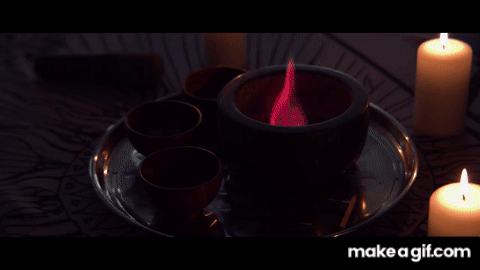
Post-production
title of the sequence
Through the opening title sequence, we used different credits throughout presenting the crew team of the sequence including the director, producer, costume designer etc. Because there are conventions in the order of the title sequence. To match the patterns and conventions, I used online technologies, the website “art of titles” to pick out the opening title sequence “Mission Impossible 2014” and copies out the orders of the titles to provide a template for our orders of titles, makings sure we followed the conventions of title orders in film opening sequence.


Then moving to the name of a producer, director etc. that will be shown in the sequence, it needs to be fake names, thus, we use iPhone to record a wide range of random names for us to use. After the process of collecting the names, we used the software premier pro as the platform to edit the titles on the sequence, while it provides us templates of the titles, we could directly input them onto the timeline which increases the efficiency, and the only thing we need to do is to change the titles position and the fonts. Furthermore, when choosing the fonts, the existing fonts in premier pro were too ordinary, then we used the website “DaFont” to find suitable fonts including “Black Chancery” for e credits. The font “black chancery” helps us to demonstrate the theme of the sequence, with the different curves that emerge from the titles it creates a fantasy and magical sense relating to the feeling audience will feel through the sparks and flame in the ritual.
soundtrack
In this project, we were required to make the soundtrack original, but all members of my team were lack in skills using different software to cut or produce music. We used online technologies, such as YouTube to find different copy free soundtrack and download it to input through premiere pro. Then to make the soundtrack original, we add different elements of sound into the original track to make it unique. Firstly, one of my group members Jemma, use the hardware technology microphone, and did an additional soundtrack on chanting providing another layer of chanting sound we could use, therefore layers two tracks of chanting sound one with Jemma’s voice with the original track within the last scene it helps up imply the fact that there’s two-spirit within one body, demonstrating the theme of “possession”.


Secondly, we used the soundtracks we recorded on the set recorded by the microphone to add original sound to the soundtrack including the sound of the flames, and sparks. Lastly, to make the music fit the context of our sequence, Savannah changed the scale and pitch for some notes using premiere pro, adjusting the volume, an example could be seen through how the volume rise in the last scene while it was slow and soft at the start of the sequence to create contrast while illustrating a change in the film; character being possessed. We also used existing sound effect in premiere pro and select to use for our jump scare.
INSERT A SHOT MATCHING THE RHYTHM OF THE MUSIC

In our project, we planned to use a wide range of insert shots of small details in the room to create a mysterious and horror atmosphere for the sequence. But the most important factor that determine the efficiency of these insert shots was the editing. Through the use of the software premiere pro, we used various ways to make the insert shot more interesting while fitting the sequence. Firstly, the insert shots were led by an extreme closeup shot of the flame dying down, this match between extreme closeup and close-ups using the software made the cuts smooth as in extreme close up the audience were already guided to focus on smaller details, the camera provide narrow perspective for the audience which was further continued using the insert shots of the “detailed viewing” to maintain the continuity.
Secondly, with the soundtrack as we used the same scale of notes throughout the sequence, illustrating echo sounds. With the insert shots, we matched each shot’s cut with every beat of the echo, by looking at the timeline of the soundtrack where every beat is noted by the uprise of the soundwave. By matching the beat with the cut it helps to add a rhythm to the editing and give the audience a sense that they are guided by someone depicting all the details of the room, whilst ensuring each insert shot was inserted with its suitable length as insert shots are still shots which could be boring if we make the shot length too long.
